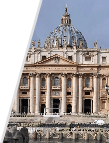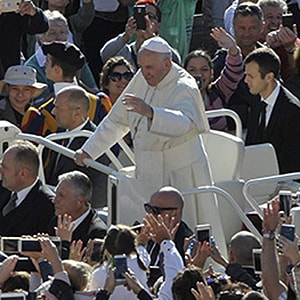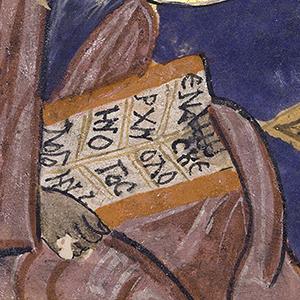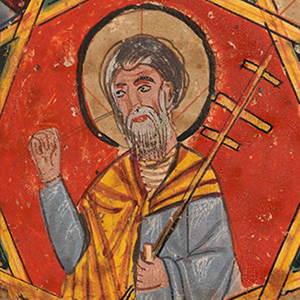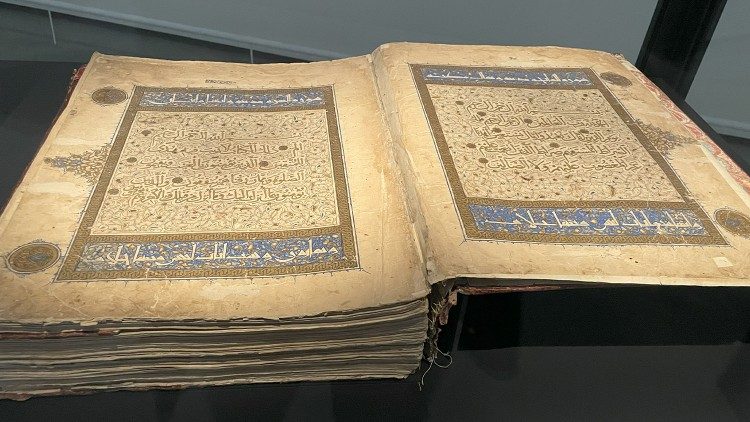
Islamic Arts Biennale: ‘The search for beauty is universal’
By Fabio Colagrande
The second edition of the Islamic Arts Biennale, entitled "And All That Is In Between", is now underway in Jeddah, Saudi Arabia.
The exhibition – whose title is drawn from the Quran – has been billed as a “profound exploration of how faith is lived, expressed, and celebrated”.
First held in 2023, this second edition of the Biennale features a number of items on loan from the Vatican’s Apostolic Library, including ancient translations of the Quran, texts on astronomy, and a unique, almost six-meter-long, 17th-century map of the River Nile.
In Jeddah, Vatican News spoke to Julian Raby and Abdul Rahman Azzam, two of the Biennale’s artistic directors, about the exhibition, and the importance of the Vatican’s contribution to it.
‘Only the Vatican’
The Biennale is being held in the Western Hajj Terminal of Saudi Arabia’s King Abdulaziz International Airport.
Raby stressed the significance of this location, near both to the city of Mecca – “the birthplace of Islam” – and Jeddah, which “was probably the most international city in the world for thousands of years - it's where every Muslim from Morocco to China would come on the Hajj pilgrimage”.
It's an environment, Raby said, which “creates a need to respond to the essence of Islam, and a need to think about Islam resonating throughout the world”.
34 institutions from all corners of the world, he stressed – “from Mali to Bali” – had contributed to the Biennale.
Among these was the Vatican’s Apostolic Library, which provided – among other objects – a translation of the Quran into Hebrew and Greek. This was produced, Raby said, within a century of the Arabic original being written down.
“Only the Vatican could do that!”
The universal quest for beauty
In his interview with Vatican News, Azzam picked up on similar themes.
One of the major goals of the Biennale, he said, was to show that “Islamic civilization is not just an Arab civilization, but a civilization which cuts across many, many continents”.
It had also been important, Azzam stressed, to work together with non-Muslim institutions, in order to show that “these ideas are universal, that the search for truth and the search for knowledge and the search for beauty is not owned by any one religion, any one culture, any one civilization at any one time”.
In this vein, Azzam stressed that the collaboration with the Vatican had been “nothing but a pleasure”.
“Every step has been one of respect, of tolerance, of understanding, of intelligence,” he said, expressing his hope that the collaboration for this year’s exhibition would be only “the first of many steps of collaboration between the Vatican Apostolic Library and the Islamic Arts Biennale”.
Thank you for reading our article. You can keep up-to-date by subscribing to our daily newsletter. Just click here




